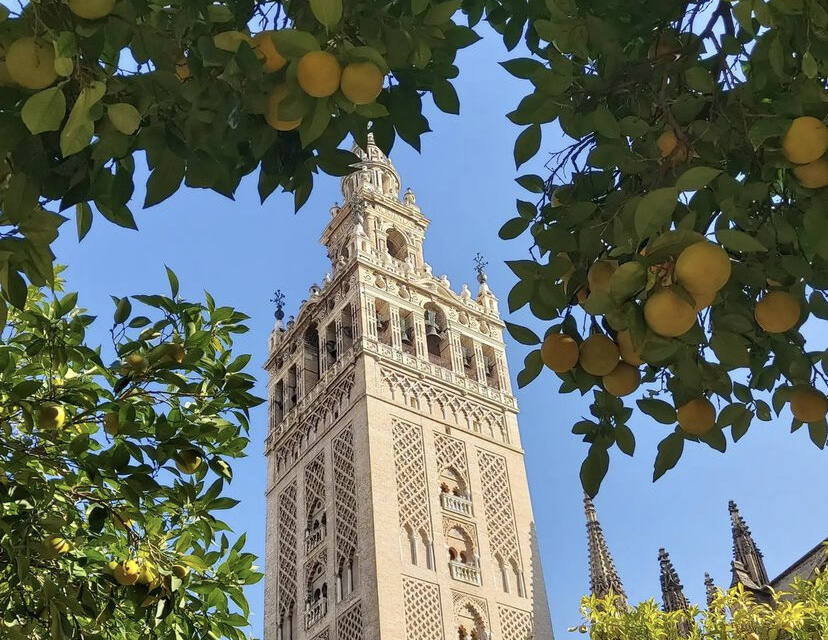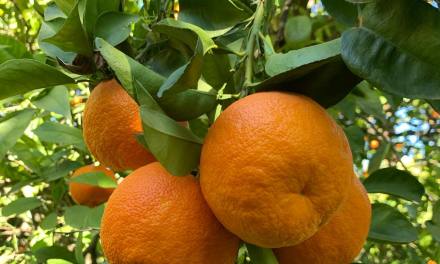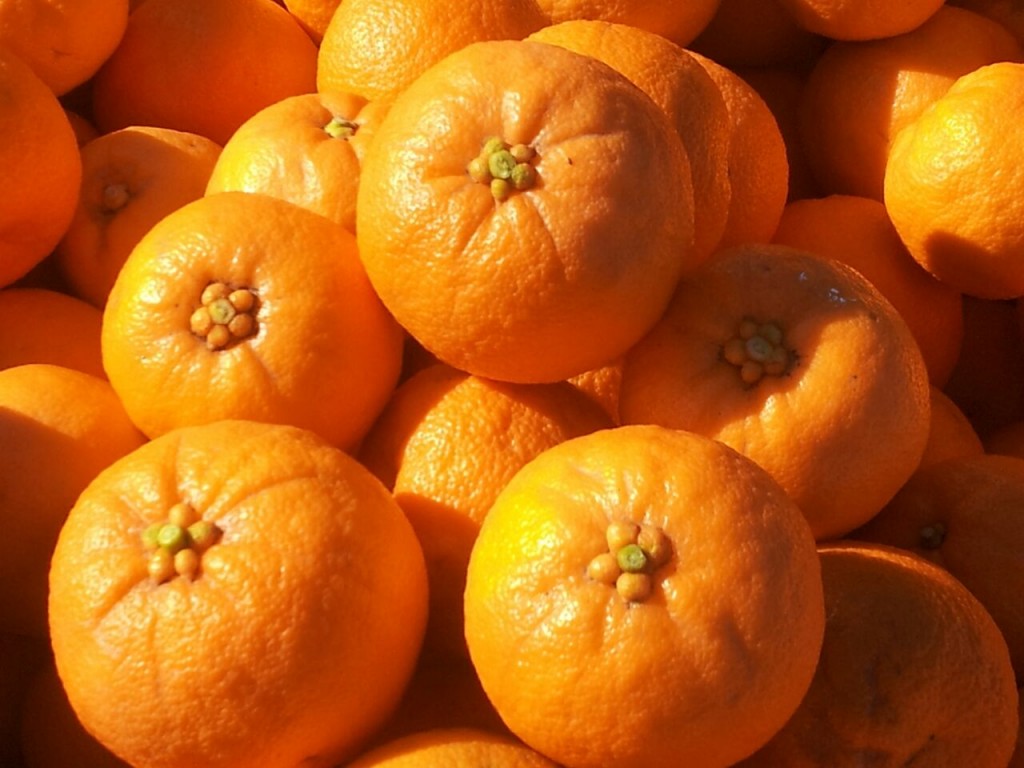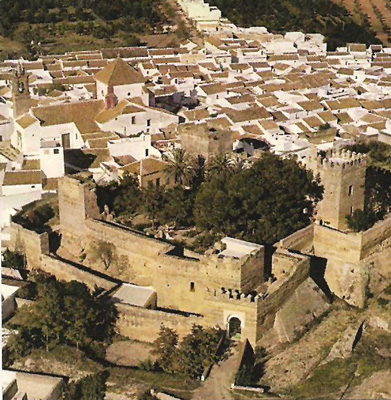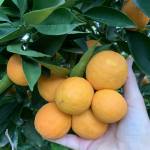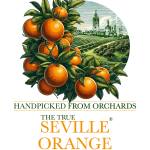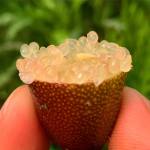The Bitter, or Seville, Orange tree (Citrus × aurantium) was cultivated in ancient times as an ornamental tree or to use its fruits in cosmetics, but not for consumption. It was the Greek conquerors who made them known in the Mediterranean and although the Citron (Citrus medica) was the first citrus fruit introduced to the Iberian Peninsula by the Romans, it was not until the 10th century that the Arabs introduced the bitter orange tree.
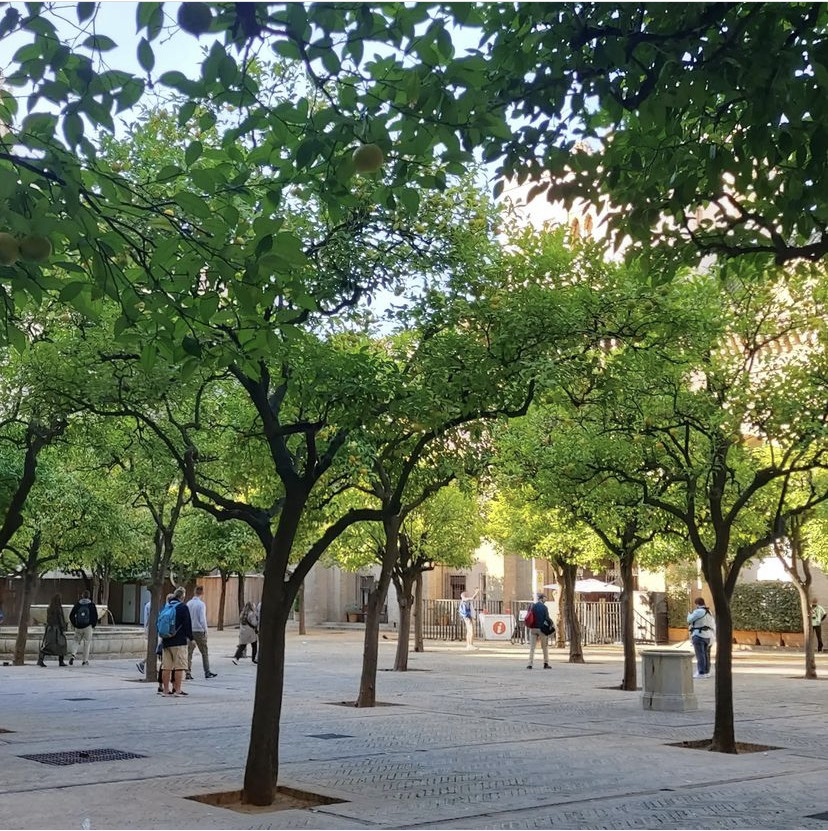
It was the Caliphs of Cordoba, during the 9th and 10th centuries, who popularised its use as an ornamental plant, planting it in streets, gardens, courtyards and mosques. It is still very common in parts of Andalusia, such as the famous Patio de los Naranjos in the Cathedral of Seville and the Mosque-Cathedral of Cordoba. It is then that it took its definitive place in the ornamentation of courtyards and gardens.
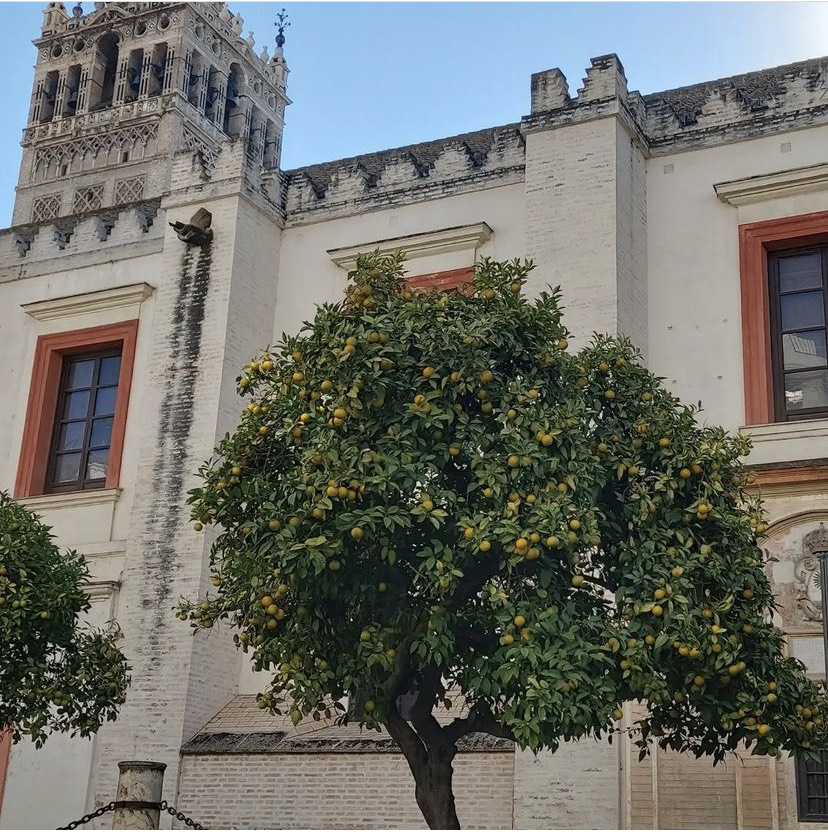
The gardens of the Alcázar of Seville are famous for their old Bitter Orange trees. It is probably the oldest in the peninsula, more than 600 years old.
It is possible that the Bitter Oranges were the first citrus trees introduced, apparently for ornamental purposes. In Seville, and to a lesser extent Cordoba, the Bitter Orange tree is the most widespread ornamental species, the species that profusely invades all the gardens, streets and squares of the city without forgetting its extension to the villages of the province.
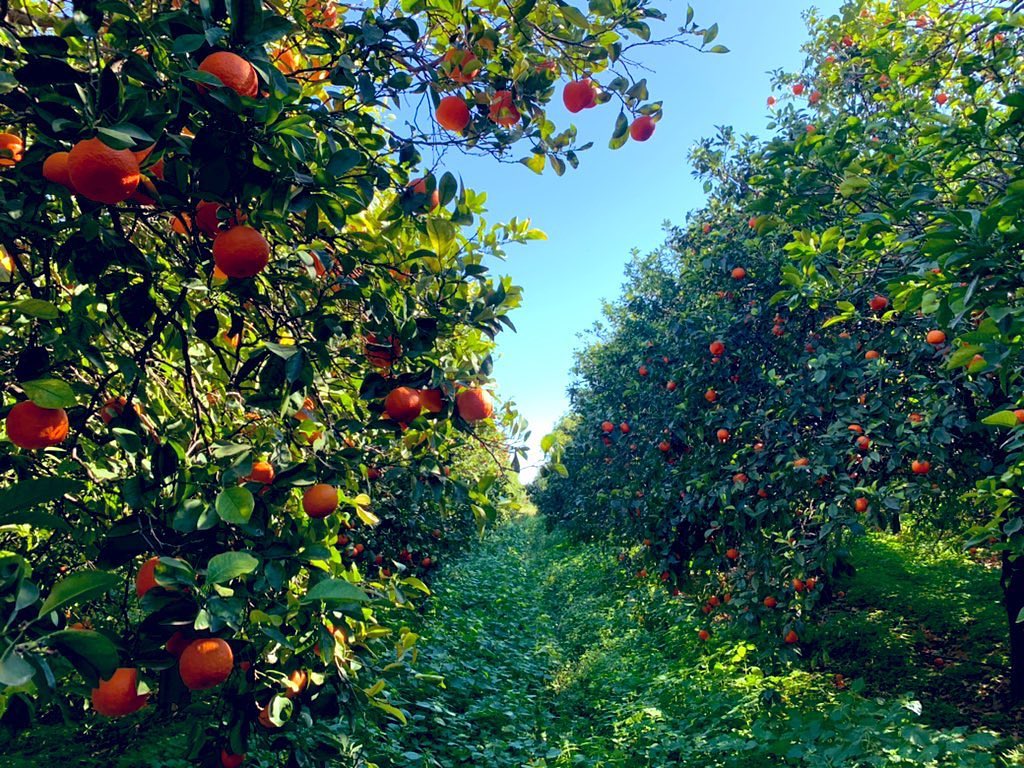
In 1970, Seville had 5,000 Bitter Orange trees planted in the capital. In the mid-nineties there were more than 25,000 orange trees in the streets, courtyards and squares, making Seville the first city in the world with the largest number of orange trees planted in its streets and urban spaces.
Today, in the city of Seville alone there are more than 40,000 specimens and they are the admiration of the tourists who visit us, both in spring, the time of flowering which coincides almost every year with the Spring festivities, impregnating the whole city with their fragrance, or in autumn-winter, observing the fruit on the trees, something which allows us to consider this tree of golden fruit as our “Christmas tree”.
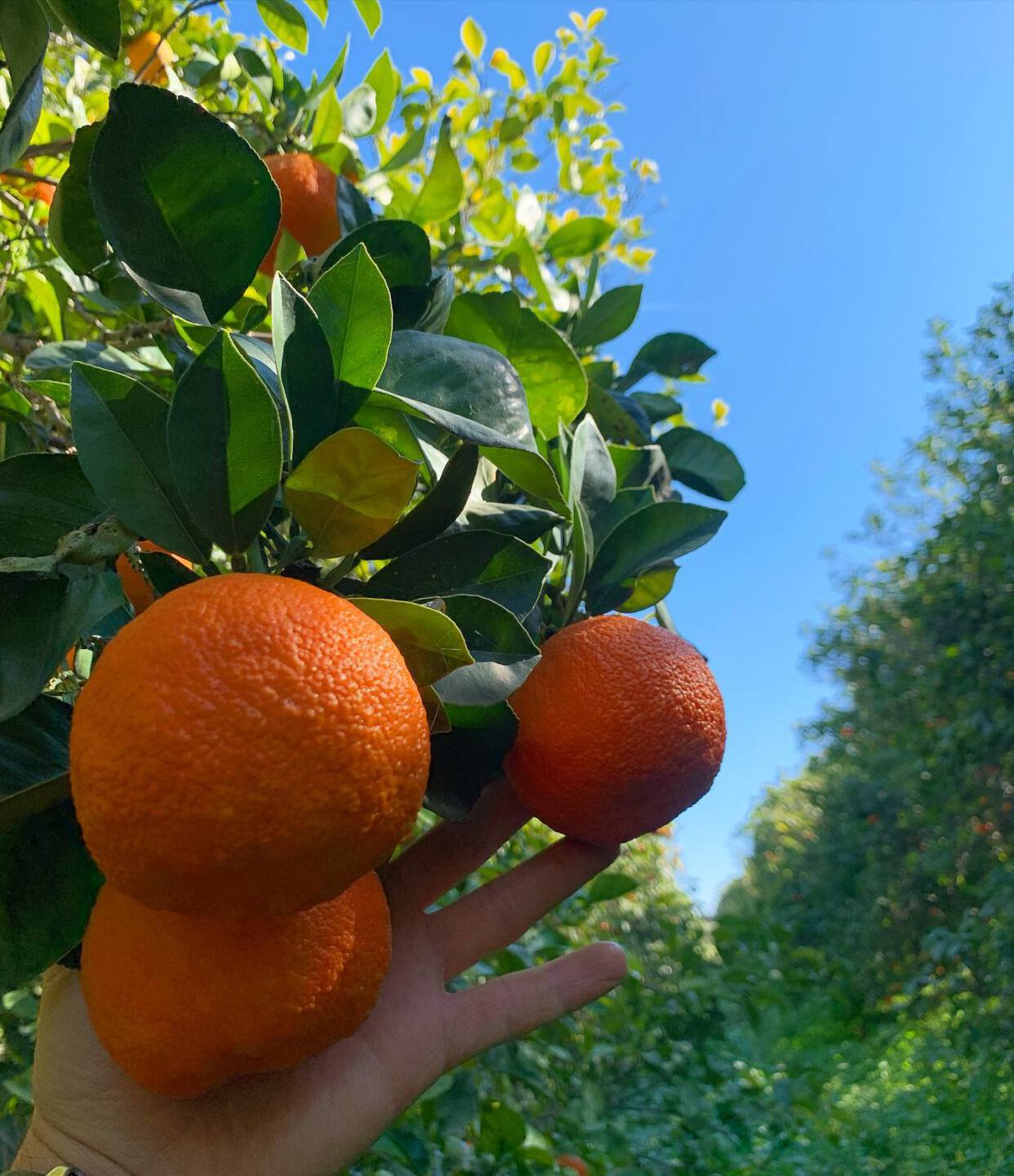
Photos: Michelle Gaitskell and Gospa Citrus.

